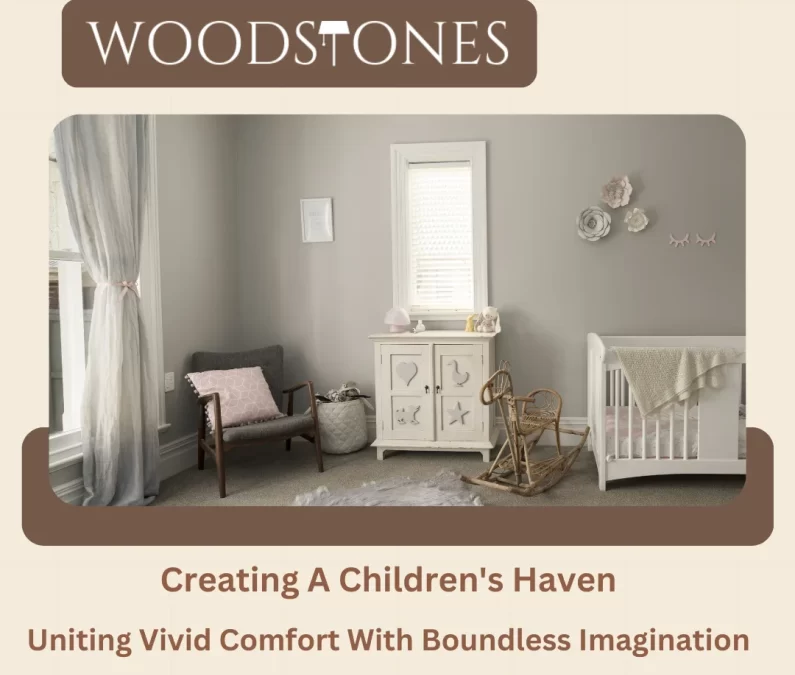• Color Scheme
Selecting the right color scheme is crucial in creating an appealing environment for children. Opt for vibrant and playful colors such as blues, yellows, pinks, or greens. These shades can infuse the room with energy and cheerfulness, making it an inviting space for your child.
• Functional Layout
Maximizing the available space is essential in designing a kids’ room. Arrange the furniture in a way that allows for easy movement and access to different areas. Consider creating designated zones for sleeping, playing, studying, and storage. This will help keep the room organized and functional.
• Bedding
The bed is the focal point of any bedroom. Choose a comfortable and visually appealing bed that suits your child’s age and preferences. If the room is shared by multiple children, bunk beds or loft beds can be great space-saving options. These not only provide sleeping space but also create a sense of adventure and fun.
• Storage solutions
Ample storage is vital in keeping the room organized and clutter-free. Incorporate shelves, cubbies, or storage bins to store toys, books, and clothes. Consider adding a small wardrobe or closet to maximize storage space. This will help teach your child the importance of tidiness and make it easier for them to find their belongings.
• Play Area
Dedicate a specific area of the room for play and creativity. Include a small table for arts and crafts, a play mat or rug, and storage bins or baskets to hold toys. This designated play area will encourage imaginative play and allow your child to explore their creativity freely.
• Study corner
Create a cozy study nook where your child can focus on their schoolwork. Include a desk, a comfortable chair, and good lighting. Provide nearby shelves or a bookcase for books and school supplies. This study corner will provide a conducive environment for learning and encourage your child’s academic development.
• Wall decor
Add visual interest to the room by incorporating wall decals, posters, or framed artwork that reflect your child’s interests and hobbies. You could also consider adding a chalkboard or whiteboard for your child to express their creativity and jot down ideas. These personal touches will make the room feel unique and showcase your child’s individuality.
Remember, these suggestions serve as a starting point. It’s important to involve your child in the design process and consider their preferences and needs. Personalize the room accordingly, and feel aspects of the room design. We’re here to help bring your vision to life!free to reach out if you have any specific requirements or would like to discuss other
